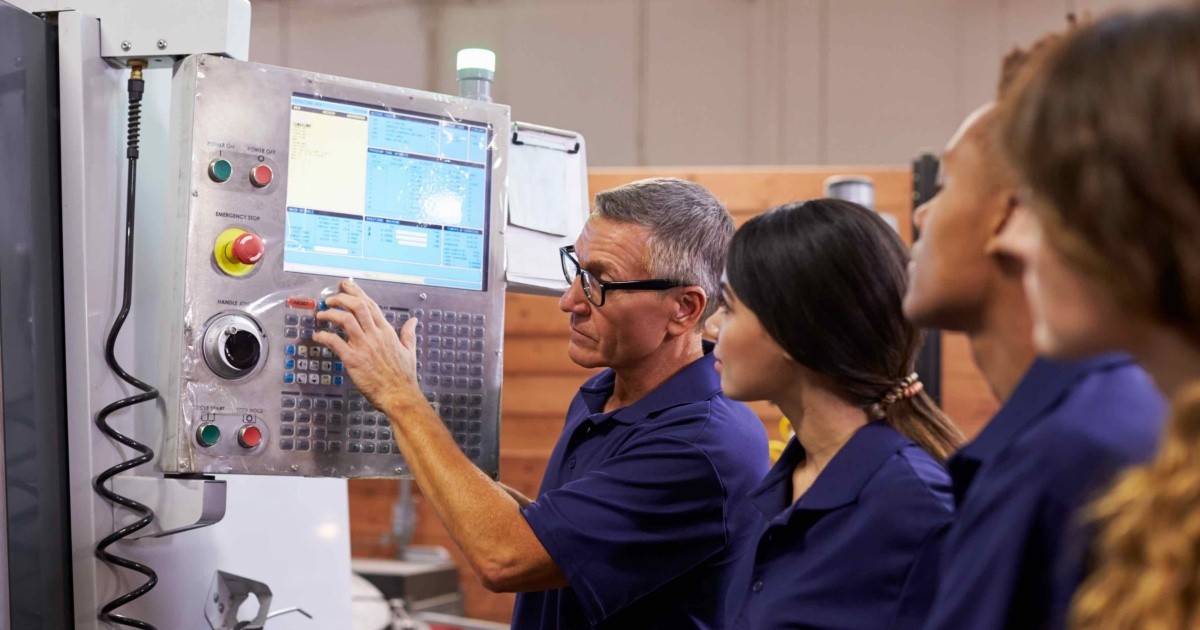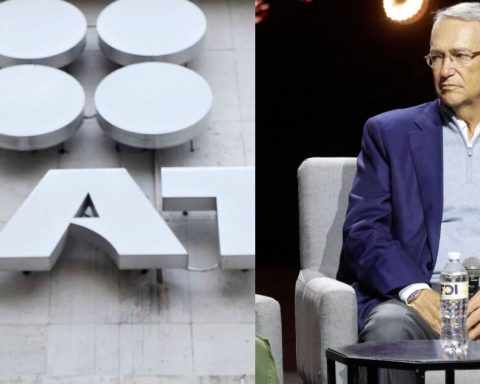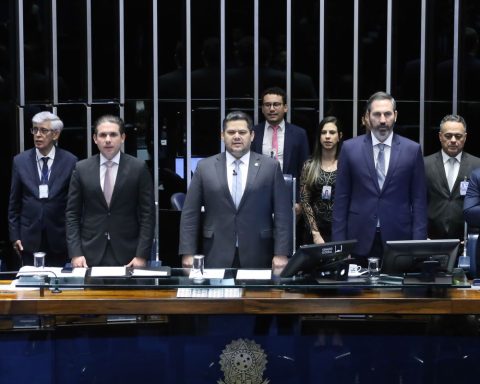The digital and technological transformation of companies is a trend that will not stop and no worker will be exempt from using the new tools. This process will require ongoing workforce trainingnot only to be competitive in the job market, but also to take advantage of the potential of advances, said Olivia Segura, a partner in Human Capital and Talent Management Consulting at KPMG Mexico.
“Technology is probably going to eliminate positions like data entry, because surely that will be done by a chatbot, maybe it will also eliminate certain positions like administrative or executive assistants. But if we only focus on what is going to disappear, we might be forgetting about the positions to be createdbecause these chatbots, robots and artificial intelligence are going to require qualified profiles”, explained the specialist.
Within the framework of the National Human Capital Congress of the Banking and Commercial School (EBC), Olivia Segura highlighted that in this context the workforce retraining it will be relevant to access the new opportunities that the adoption of technology will create.
The World Economic Forum estimates that by 2030, the 77% of jobs It will require digital skills. The organization also predicts that in the next five years technological advances will have created 150 million new jobs worldwide.
“When we talk about upskilling and reskilling It is basically learning to unlearn and learn new things, being able to retrain ourselves and leaving what we learned at the moment as a good base, but getting on the ship of transformation that companies are experiencing. This is one of the most important steps in training the workforce of the future to take advantage of opportunities in a changing work environment”, pointed out Olivia Segura.
According to the McKinsey Global Institute, between 3 and 15% of the workforce in the world will have to change occupational category due to the impact of automation, artificial intelligence and digitization.
In one of our studies, the 77% of companies He replies that he will make a reskilling in up to 30% of its workforce. This proportion is the one that will meet the new business models and growing needs. There are industries that are highly digitized and these trends of two or three years are already what they are really experiencing”, indicated the specialist.
In this sense, the specialist considered that industries that are growing in terms of digitization have room to retrain less urgently, taking advantage of the lessons learned from sectors that today have important technological transformations and, therefore, greater need for constant training.
The practical example of Disney and Amazon
According to Pearson, when we talk about upskilling we refer to the updating of knowledge. The focus is to update to innovate. In this sense, Disney and its animated films are an example. Although it was not the first cartoon company, nor in the creation of amusement parks, toys or videogames, it has maintained its validity and leadership in these environments and this is due to its strategy of upskilling.
“Basically, everything that Disney undertakes tends to improve, since its objective is not to reinvent itself but to constantly update its products and services. In this way, his business vision does not focus on reinventing what already exists, but raise its quality to be more competitive”, highlights Pearson in his blog.
Another way of approaching training is through the reskillingwhich has to do with the development of new skills and abilities, in several cases it implies discarding knowledge that will no longer be necessary. An example of this is Amazon, in addition to the fact that the pandemic gave a boost to online sales, the retraining of the workforce to a large extent helped respond to this growth and the commitment to digitalization that the brand has.
For Olivia Segura, an important point in the retraining and training of the labor force is the culture and mentality in the companies. “It is imperative to improve the culture to emphasize the digital mentality, a virtual work culture and an agility that is more and more in line with what we are experiencing.”
In addition to this, added the specialist, a key to training the workforce of the future is the active listening of employees to understand how needs change with the digital experience and desire for growth.

















